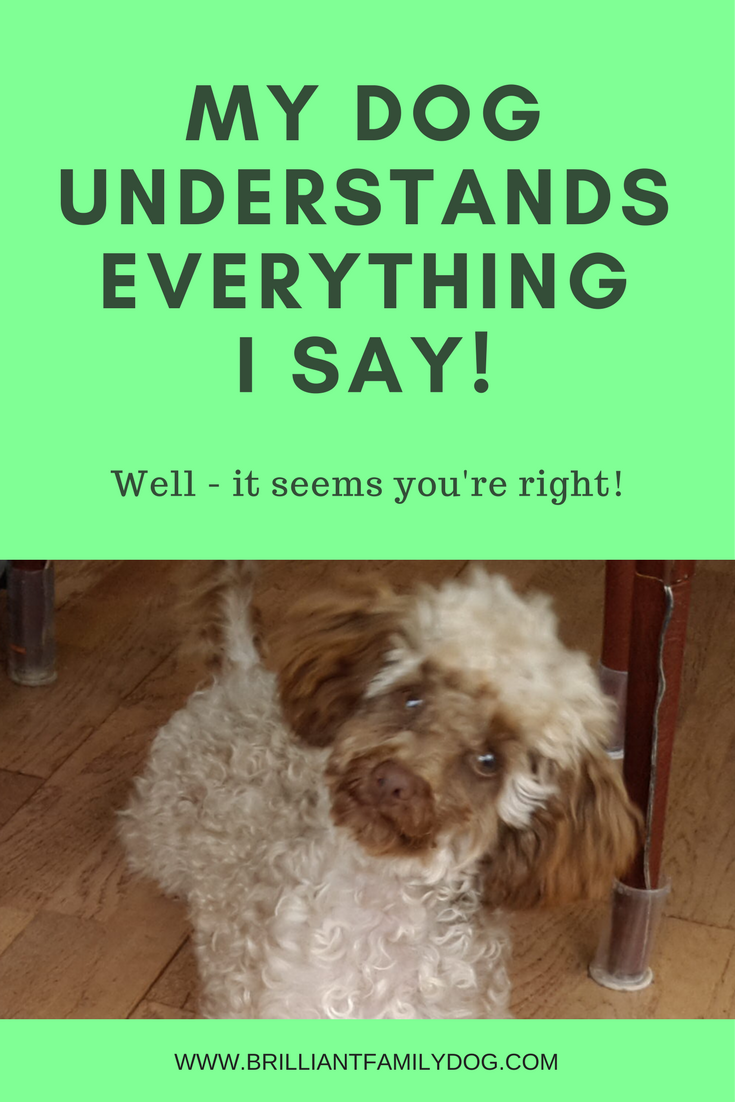I had a query recently from a dog-owner who was expecting a baby and wanted to know what she should do to prepare. This is a frequent question from people who think ahead and realise the possible dangers, rather than those who have a more happy-go-lucky approach to life.
The last thing you want is to disturb the joyful anticipation of your pregnancy with worries about what might go wrong!
But early planning is so good, to get everything ironed out well in advance.
The first thing you’ll need to do is develop the trust with your dog that his needs are met. Watch our free Workshop here on getting your dog to LISTEN! Lots of helpful lessons to get this going smoothly.
Once you’re “all on the same side”, it’ll be easier to make the changes you need.
So here are some specific ideas for you to be constructive in this waiting time and build up to the new life for your dog with love.
Change!
Your lives are all going to change massively. If this is a first baby for you -you have no idea! And if your dog has little experience of babies . . . he has no idea either. Great! We start with a clean slate.
Any changes you’re going to make to your dog’s daily schedule should start to be introduced NOW, well before the baby arrives.
◦ Where do you want your dog to sleep?
◦ Where will you feed him, and when?
◦ When will you walk him?
◦ Play with him?
If you want to change any of these anchors in his day, start doing it now, a bit at a time. There’s no danger then of your dog associating the incomer with changes to his life. It will all be history and well-established by the time the baby arrives.
Baby gear
In the same way, start introducing baby gear early on. The pram or pushchair, the cot, the nappy basket - all these things will just be novelties in your home which your dog will happily accept.
As soon as you get your baby transporter, you can start taking it for walks with your dog. You can put a bag of shopping in it to give it a bit of weight. You may be surprised to find how well your dog walks beside the pushchair when your lead is anchored either to your hand which is pushing the buggy, or to your hip-belt. Never attach the lead to the pushchair!!
Along with this, you could get friends to stop and admire your bag of shopping, and reach over to touch it. Any signs of resource guarding (“protection”) in your dog you’ll need to address separately. You can read this post to get started.
Baby smells and sounds
A method many use to help acclimatise their dog to baby scents, is to give your baby’s blanket to a friend with a baby (don’t worry if you don’t know any yet, you’ll meet plenty of people with babies as you do clinic visits and the like!) and get them to use it for a day or two. Baby smells, including dribbles and more (!), will be on this blanket by the time it comes back to you. Just leave it on the floor somewhere for your dog to study and sniff. Leave him to it. The blanket could move around and find itself in the cot one day, the nappy basket another. It will become “furniture” to your dog.
And if your dog is very sound-sensitive, you can use recordings of babies - yelling, crying, squawking, whimpering - and play them when you’re fussing round the cot or pram. Background muzak.
Pay attention to your dog
Your dog has been used to life-before-baby. Don’t let him lose the freedom he’s always enjoyed! You’ll need to get out without the baby too, so take him for walks - or just play with him in the garden when the baby is asleep inside.
Both baby and dog will be sleeping (hopefully) for many hours a day. A lot of this time you should be sleeping too. But judicious management of sleep times can mean that there are few hours in the day when you need to be dealing with both baby and dog at the same time. This will enable you to give each undivided attention when it’s their turn.
What you can do is make sure that for your dog,
Baby = Good Things
So whenever the baby is about, or can be heard, ensure your dog has a food-toy, or you toss him treats, or scatter his dinner on the floor for him to spend time hoovering up. These goodies only appear when the baby does.
Boundaries
Baby gates are essential for your new household setup. And you’ll be so glad you spent that effort in crate-training your puppy!
Your dog needs to have somewhere he can go and never be disturbed. If he can choose to take himself away from a situation he’s worried about, you’ll all feel much more confident. Always give him a bolthole.
There will be times when you are tired, stressed, sleep-deprived, the house is a mess . . . and there’s a knock at the door. If your dog is happy to stay parked behind a baby gate in another room while you deal with your caller, this is one less thing to worry about.
The same goes for when you need to relax. One of my clients who had done wonders with her very reactive re-homed German Shepherd Dog was being harassed by her well-meaning family during her pregnancy, with horror stories of dogs eating babies. They insisted she get rid of the dog. She was very anxious, understandably.
So I gave her a way to have her beloved dog near her while she nursed her baby, by using a baby gate in the doorway near her sofa. Her dog, who was well-used to this new system by the time the baby arrived, had no complaints, and was happy to field the treats she tossed him from time to time while she ministered to her baby.
After working this way for a while - and adopting the Baby = Good Things policy outlined above - Guy proved himself a star, and went from being on high alert to every baby sound, to relaxing entirely. Baby and dog got along just fine, and “Guy” was the child’s first word! I was so pleased to receive this note a few months later:
“I just wanted to let you know how things are going. Guy has been great and has really calmed down. You were right when you said that when we relax, he will follow. As soon as we felt calmer, Guy just seemed to realise that all was ok and that he didn't need to keep alerting us to our baby’s presence. We can all be in the same room together which is lovely. We put Guy in the kitchen behind the gate when our son is on the floor because we can completely control the situation then. After the baby’s bedtime at 7, Guy gets a piece of his old life back with us!”
Relax!
You can see there that the biggest change - after all the safety measures were put in place - was the family relaxing. There’s no need to imagine the worst when you are truly doing your best. There was a huge history of trust with this dog which was in danger of being lost because his family was suddenly acting so weird towards him. Once they changed that, everything went smoothly.
And they still had time to enjoy their quiet time with their beloved pet
Last Thoughts: photos
I hate to see those “cute” photos all over the internet of babies crawling over dogs. A basic knowledge of Dog Body Language - lots of links below in Resources - shows that these dogs are stressed, anxious, invaded . . . possibly an accident waiting to happen. Please don’t do this to your dog! And ensure he can always get away from babies and children whenever he wants to.
Want to learn how to get your dog to LISTEN? Watch our free Workshop!
RESOURCES
How can your family dog teach your children empathy?





















